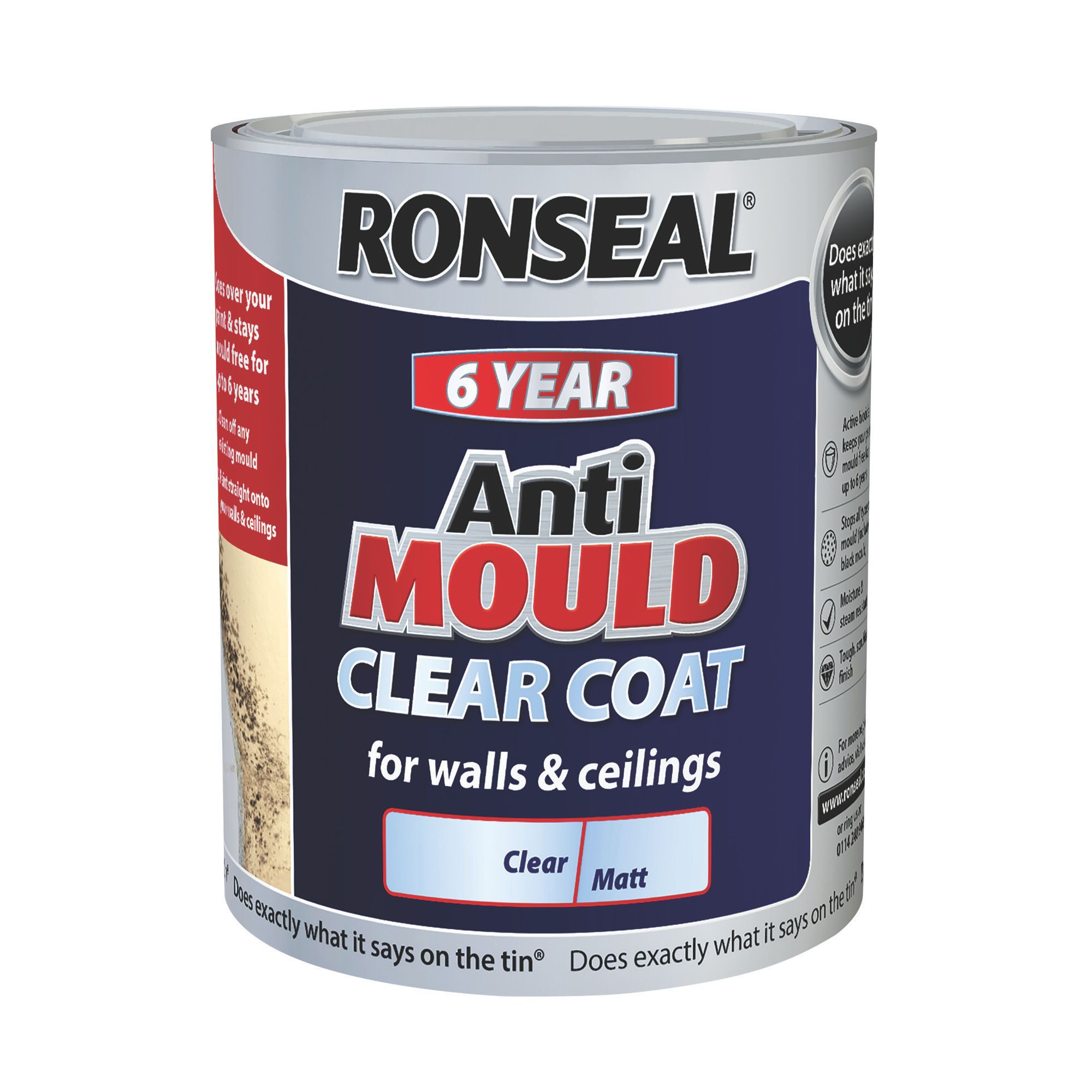Choosing the Right Paint for Your Bathroom Ceiling
Your bathroom ceiling faces unique challenges, from moisture and humidity to the potential for mold and mildew growth. Choosing the right paint is crucial to ensure a durable, long-lasting finish that protects your ceiling and enhances the overall look of your bathroom.
Understanding Paint Properties
The right bathroom ceiling paint should offer a combination of moisture resistance, mold and mildew resistance, and a suitable sheen. Here’s a breakdown of key factors to consider:
Moisture Resistance
Moisture resistance is crucial for bathroom ceilings, which are prone to condensation and humidity. Look for paints specifically labeled as “moisture-resistant” or “bathroom-grade.” These paints are formulated with special additives that prevent water damage and peeling.
Mold and Mildew Resistance
Mold and mildew thrive in damp environments, making them a common concern in bathrooms. Choose paints with mildewcide additives that inhibit mold growth. These additives are typically included in paints labeled as “mold and mildew resistant.”
Color
While color is a matter of personal preference, it’s worth considering the impact of color on the perceived size and brightness of your bathroom. Light colors, such as white or pale shades, can make a small bathroom feel larger and brighter.
Choosing the Right Sheen
The sheen of your bathroom ceiling paint refers to its level of glossiness. Different sheens offer varying levels of durability, washability, and light reflection.
Matte Finish
Matte finishes are flat and non-reflective, offering a subtle and elegant look. They are excellent at hiding imperfections but may be more susceptible to stains.
Eggshell Finish
Eggshell finishes offer a slightly sheen, providing a balance between a matte look and a subtle gloss. They are more durable than matte finishes and easier to clean.
Satin Finish
Satin finishes have a noticeable sheen, making them more durable and washable than matte or eggshell finishes. They are a good choice for high-traffic areas or rooms with high humidity.
Determining Paint Quantity
To ensure you have enough paint, it’s essential to accurately estimate the area of your bathroom ceiling.
Area (square feet) = Length (feet) x Width (feet)
For example, a bathroom ceiling with a length of 10 feet and a width of 8 feet has an area of 80 square feet. Most paint cans cover approximately 350-400 square feet per gallon. Consider purchasing an extra gallon to allow for mistakes or touch-ups.
Painting Your Bathroom Ceiling with Ronseal Bathroom Ceiling Paint
Painting your bathroom ceiling with Ronseal Bathroom Ceiling Paint can be a rewarding project, giving your bathroom a fresh, clean look. This guide will walk you through the process, providing tips for achieving a professional finish and avoiding common mistakes.
Preparing the Ceiling
Before you start painting, it’s essential to prepare your bathroom ceiling for a smooth and even finish. This involves cleaning, repairing, and masking the area.
- Clean the ceiling: Remove dust, cobwebs, and any loose paint using a damp cloth or a vacuum cleaner with a brush attachment.
- Repair any cracks or holes: Use a patching compound to fill in any cracks or holes. Let the compound dry completely before sanding it smooth.
- Mask the surrounding areas: Use painter’s tape to protect walls, trim, and fixtures from paint splatters.
Applying the Primer
Priming the ceiling is crucial for ensuring the paint adheres properly and provides a uniform base for the final coat.
- Choose a suitable primer: Select a primer specifically designed for bathroom ceilings, as it will provide moisture resistance and prevent mold growth.
- Apply the primer evenly: Use a roller to apply the primer in thin, even coats, ensuring complete coverage.
- Let the primer dry: Allow the primer to dry completely according to the manufacturer’s instructions.
Painting the Ceiling, Ronseal bathroom ceiling paint
Once the primer is dry, you can start painting the ceiling with Ronseal Bathroom Ceiling Paint.
- Choose the right brush and roller: Use a high-quality brush for cutting in around the edges and a roller with a nap length suitable for the ceiling’s texture.
- Apply the paint in thin, even coats: Work in sections, starting from one corner and rolling the paint in a smooth, even motion. Avoid overloading the roller, as this can cause drips and runs.
- Let each coat dry completely: Allow each coat to dry thoroughly before applying the next.
- Apply multiple coats: Depending on the desired opacity and the color of the paint, you may need to apply two or three coats for a flawless finish.
Tools and Materials
Here’s a table outlining the essential tools and materials for painting your bathroom ceiling:
| Tool/Material | Description |
|---|---|
| Ronseal Bathroom Ceiling Paint | Moisture-resistant paint specifically designed for bathroom ceilings |
| Primer | Provides a smooth and even base for the paint |
| Paint roller | Applies the paint evenly to the ceiling |
| Paint brush | Used for cutting in around edges |
| Painter’s tape | Protects surrounding areas from paint splatters |
| Patching compound | Used to repair cracks or holes in the ceiling |
| Sandpaper | Smooths out the patching compound |
| Damp cloth | Cleans the ceiling before painting |
| Paint tray | Holds the paint for easy application |
| Extension pole | Reaches high areas of the ceiling |
| Drop cloths | Protect the floor from paint spills |
| Safety goggles | Protect your eyes from paint splatters |
| Gloves | Protect your hands from paint |
